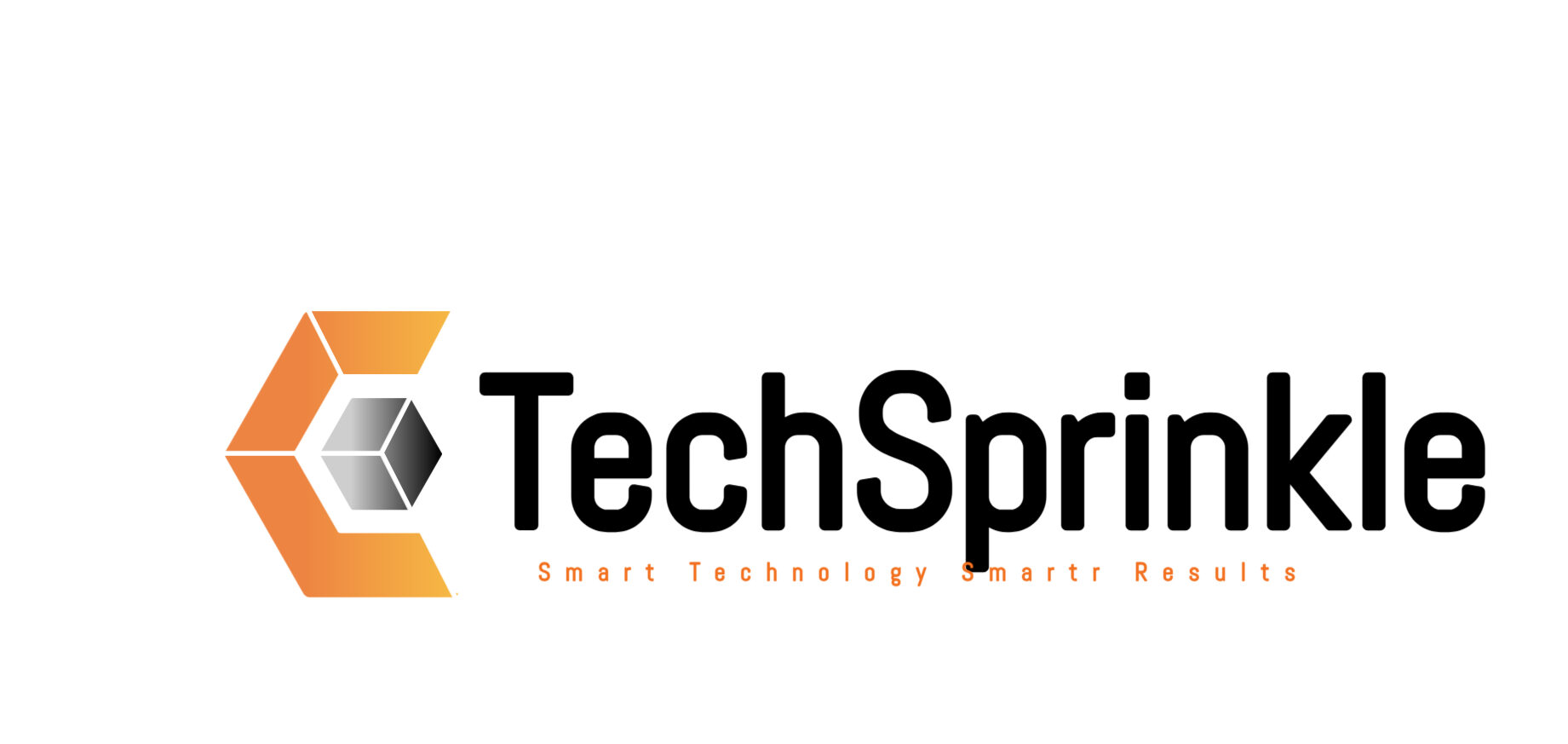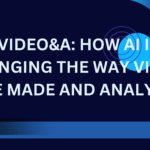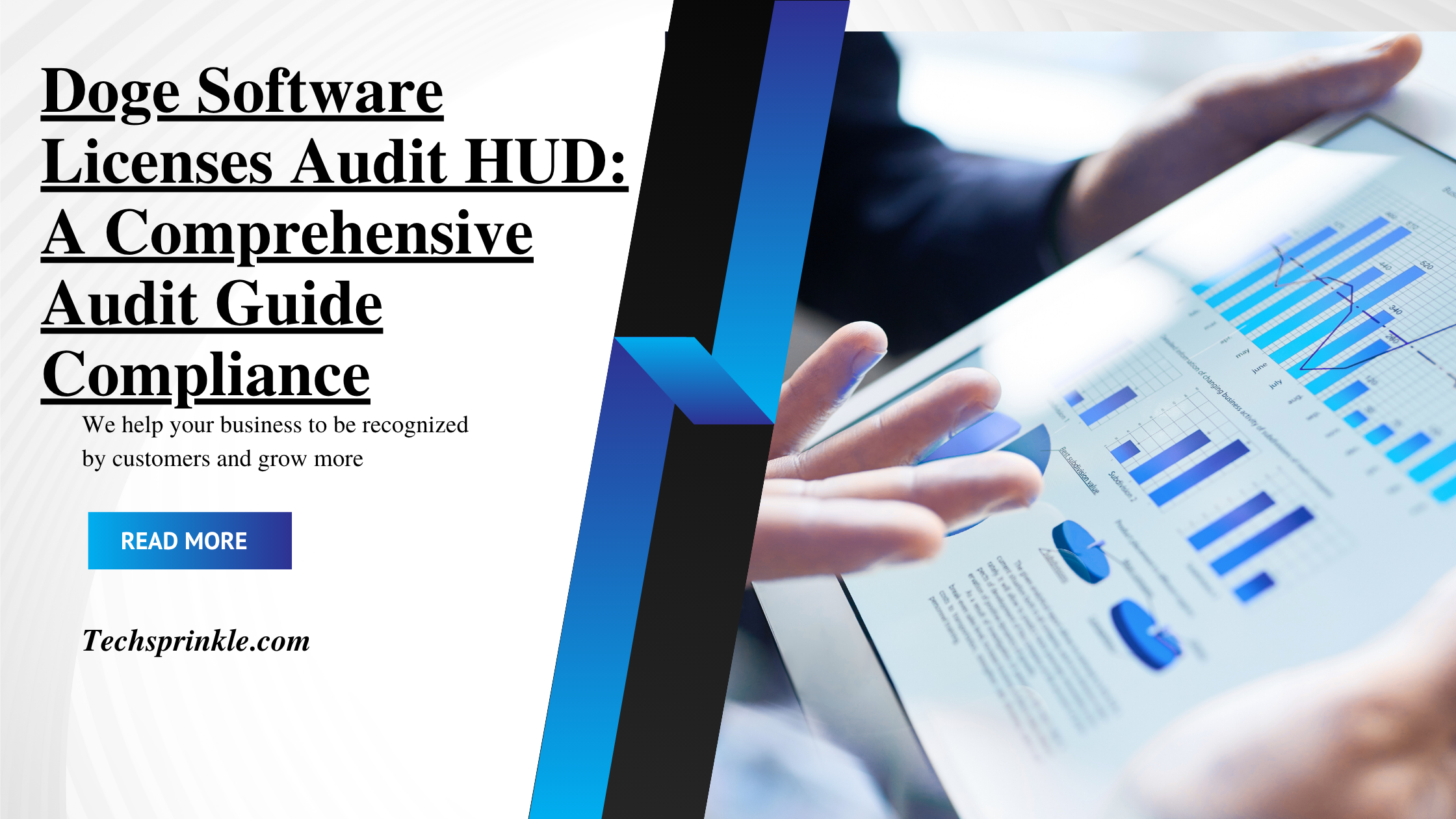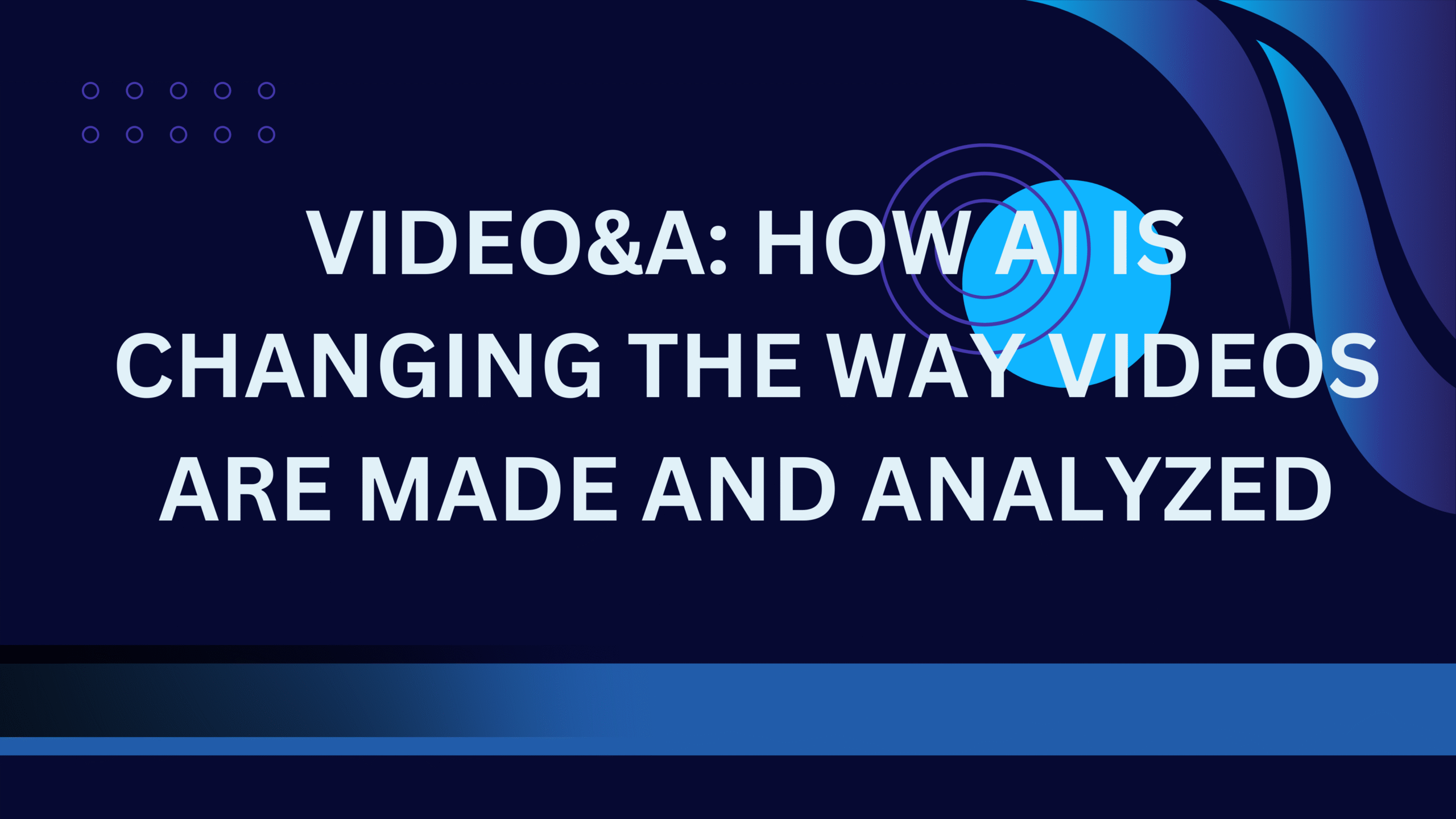Table of Contents
Beginning
In today’s fast-paced digital world, businesses depend on many different software solutions to improve productivity efficiency and creativity. But there is an important duty that comes with managing these software assets: following the rules imposed by the software licenses. Not following the rules can get you in trouble with the law make your business less secure and cost you money.
The Doge Software Licenses Audit HUD Heads Up Display is what you need to do now. This is a current way to make it easier for businesses to check their software licenses. The Doge Audit HUD makes sure that organisations follow legal and operational requirements by monitoring them in real time checking for compliance and giving them an easy to use dashboard.
This blog will go into great detail on the Doge Software Licenses Audit HUD, including what it is, why it matters how it works and its main pros and cons.
What is the Doge Software Licenses Audit HUD?
The Doge Software Licenses Audit HUD is a full-featured solution for auditing software that helps organisations keep track of watch over and control their software licenses. The Heads-Up Display or HUD is a user friendly interface that shows real time information about software usage license expiration compliance status and risk levels.
It operates by connecting connecting to the company’s current software infrastructure, and giving specific information about how each software license is being used. It also alerts organisations to any unauthorised or non compliant use which helps them fix problems before they get worse.
Some common key qualities are:
Monitoring for compliance with licenses
Analytics of use
Reports that are ready for an audit
Alerts that happen automatically for renewals
Working with systems for managing assets
A centralised dashboard for IT teams
Why is it important to Doge Software Licenses Audit HUD?
There are complicated legal agreements that control software licensing and not following them can lead to:
Big fines and legal consequences
Pirated or old software can make your system less secure.
Damage to reputation because of not following rules
Operational problems caused by badly managed software assets
A lot of companies don’t realise how many licenses they really use. A software audit tool like Doge helps avoid this by making things plain and giving you control. Tracking things by hand becomes almost hard especially in big companies with hundreds of software applications.
How does Doge Software Licenses Audit HUD?
1. Onboarding and Integration
The first thing you need to do is connect the Doge Audit HUD to your current setup. It works with software asset management (SAM) systems cloud platforms and endpoint devices.
2. Scanning and Making a List
Doge does a full scan to get information on all the software applications that are installed, how they are used, what version they are and the license keys that go with them.
3. Mapping for Compliance
Then it compares this information to the organization’s licence entitlements. The system sends out alarms if any software is utilised too much, too little, or not at all.
4. Dashboard in real time
The Doge Software Licenses Audit HUD has a dashboard that shows things in real time, like
Licenses for active software
Warnings about expiration
Score for compliance
Analytics for usage
Reports of past audits
5. Alerts and Reports
IT and compliance staff get automated reports, and emails or the system interface send out reminders for renewals or warnings for violations.
Pros of Using Doge Software Licenses Audit HUD:
1. Monitoring of compliance in real time
Doge Software Licenses Audit HUD makes sure that compliance is always up to date by sending real time updates and alarms unlike regular audits that happen every three or four months.
2. Making costs down
Businesses can save money on software and use their resources more effectively by finding licenses that aren’t being used or aren’t needed.
3. Less risk of legal problems
Automated tracking and compliance enforcement greatly lower the chances of lawsuits fines, or breaking the law.
4. More productive
Automated auditing and centralised dashboards help IT staff save time and work. This lets them focus on more important things.
5. Ready for an audit
If a vendor or internal compliance team starts a software audit all the necessary documents and reports are easy to find, which cuts down on stress and preparation time.
6. The ability to grow and change
The system can be changed to work with small, medium, or large businesses. It may check licenses in the cloud, on-premises, or in a hybrid environment.
Doge Software Licenses Audit HUD has some drawbacks:
1. Difficulty with Initial Setup
The first onboarding might be hard, especially for businesses that have a lot of devices and systems. It can need time and technical help to integrate.
2. High Upfront Cost
The initial cost of using a complex auditing tool may be significant for small organisations, but the savings over time can make up for this.
3. Possible Privacy Issues
If monitoring software use isn’t done with clear rules and openness it could make employees feel that their privacy is being violated.
4. False Positives
The system may sometimes indicate valid use as non-compliant, which means that someone needs to look at it and make changes.
5. Learning Curve
Employees and IT personnel may need training to learn how to use all of the tool’s features especially when it comes to analysing audit data and setting up settings.
1. Set clear goals for the audit
Before putting your plan into action be clear about what you want to achieve: saving money following the rules lowering risk or a combination of these.
2. Pick the Right Deployment Model
You might be able to get Doge Software Licenses Audit HUD as a cloud service or install it on your own server. Choose the option that fits with your IT and data governance plans.
3. Get Stakeholders Involved
Make sure that the heads of IT, procurement, legal, and departments are all on board. License auditing affects more than one team, thus they all need to work together.
4. Set up your own rules
Set the tool up to fit your company’s specific rules such as alert thresholds software whitelists and blacklists and compliance standards.
5. Teach and train
Give the IT crew and end users enough training. A well-informed workforce makes fewer mistakes and makes audits more accurate.
6. Look over and make changes
Look at audit reports, feedback, and results from time to time. Change settings and procedures to reflect changes in how software is used or the legislation.
Final Thoughts
Software licensing compliance is not optional in a time when digital tools are used for most business tasks. It is necessary. The Doge Software Licenses Audit HUD is a smart and automatic way to solve this problem. It helps organisations stay in control lower their risks and be ready for an audit.
Doge Software Licenses Audit HUD turns a boring and error prone procedure into a proactive simplified experience with its real-time monitoring, easy-to-use interface and automated reporting. There are problems like the high initial cost and complicated setup but the long term benefits of compliance cost control and legal security vastly outweigh them.
Companies who make software licensing auditing a priority not only avoid fines but they also learn more about their digital ecosystem which helps them make better decisions in the future.









